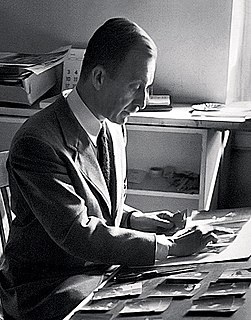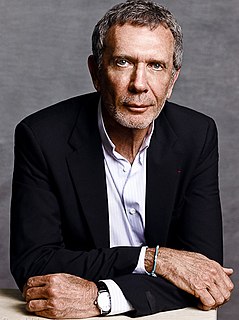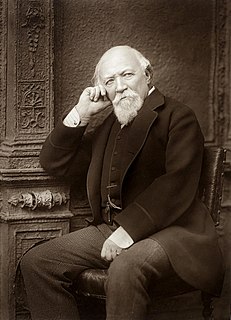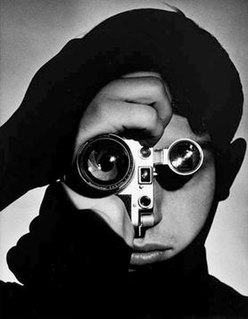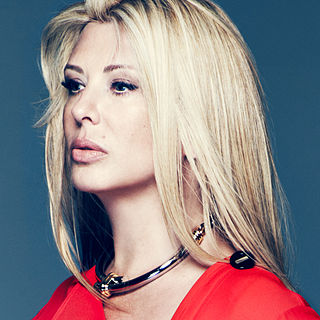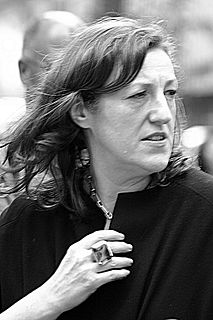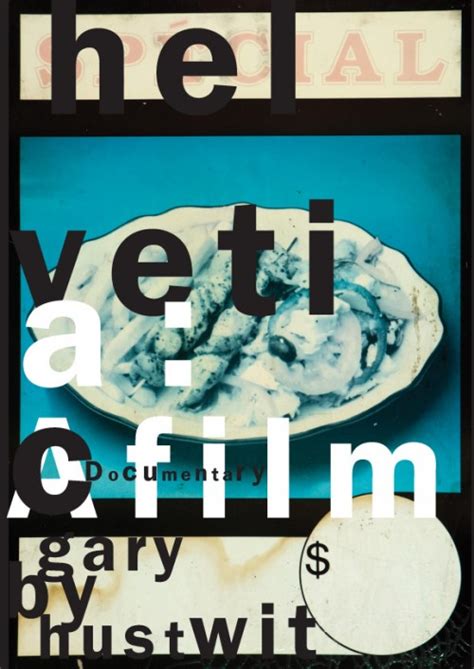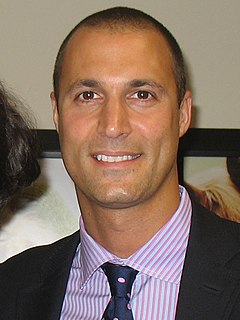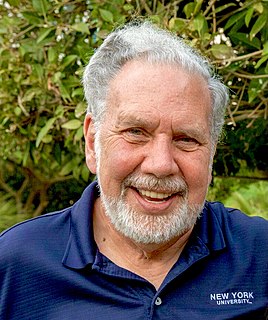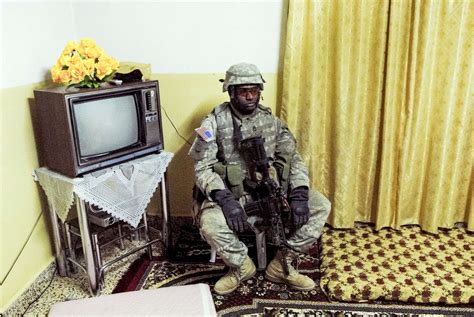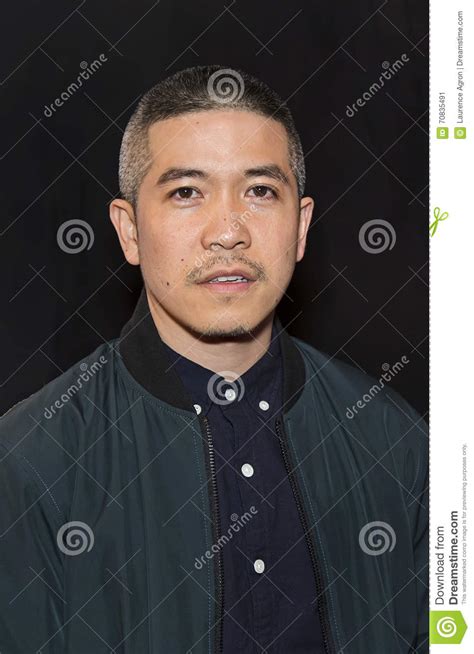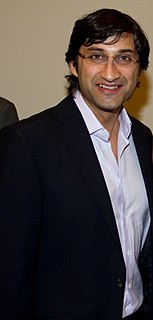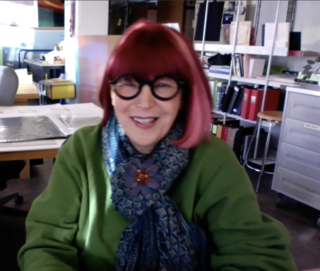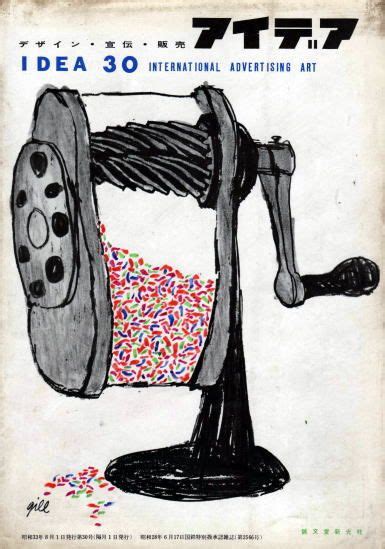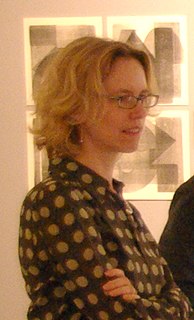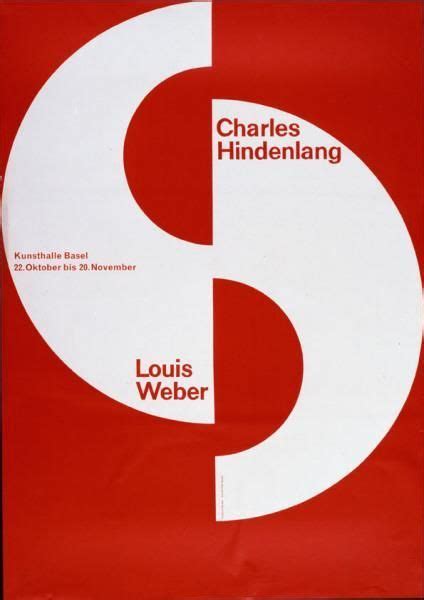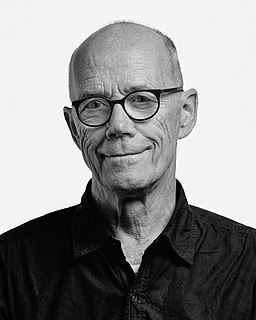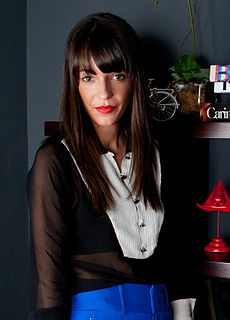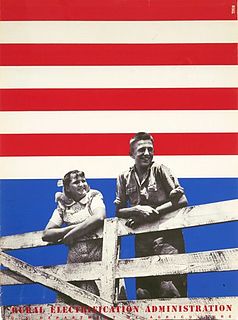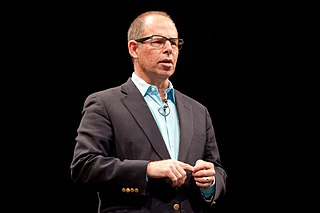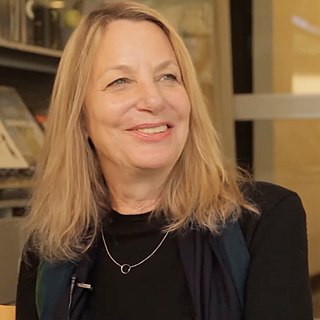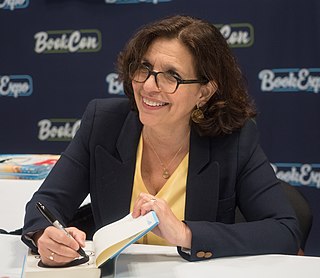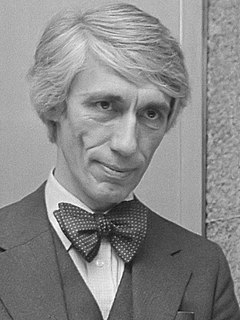A Quote by Alexey Brodovitch
Photographers should make three or four prints from one negative and then crop them differently. When I was art director at Harper's Bazaar and at several agencies as a consultant, young photographers would bring me their portfolios and all the prints would be in the same standard proportions, either for the Leica or the Rolleiflex. Many times, by limiting themselves in this way, they missed the true potentialities of their photographs.
Quote Topics
Agencies
Art
Art Director
Bring
Consultant
Crop
Differently
Director
Either
Four
Harper
His Way
Leica
Limiting
Make
Many
Me
Missed
Negative
Photographers
Photographs
Portfolios
Prints
Proportions
Same
Several
Should
Standard
Them
Themselves
Then
Three
Times
True
True Potential
Way
Would
Would Be
Young
Related Quotes
Some of the people who are now manipulating photos, such as Andreas Gursky, make the argument - rightly - that the 'straight' photographs of the 1940s and 50s were no such thing. Ansell Adams would slap a red filter on his lens, then spend three days burning and dodging in the dark room, making his prints. That's a manipulation. Even the photographs of Henri Cartier-Bresson, with all due respect to him, are notoriously burned and dodged.
I was taking all prints and I brought them to the Magnum meetings, trying the old Josef Koudelka trick: Give them to photographers, who are getting bored during the talks about the economics of the agency, to look through with a pen. They'll separate them in two piles. I started to find the core pictures that people seem to relate to.
My ideal is to achieve the ability to produce numberless prints from each negative, prints all significantly alive, yet indistinguishably alike, and to be able to circulate them at a price not higher than that of a popular magazine, or even a daily paper. To gain that ability there has been no choice but to follow the road I have chosen.
